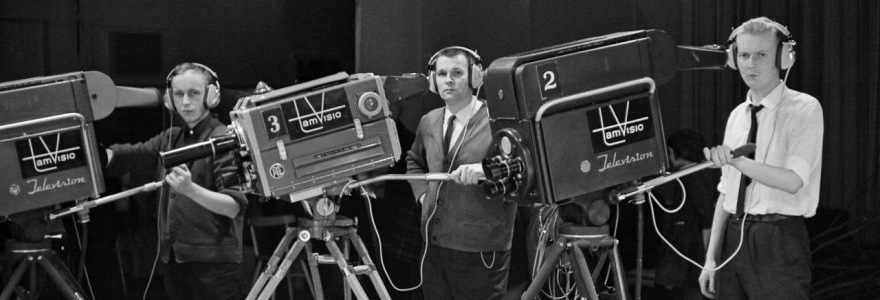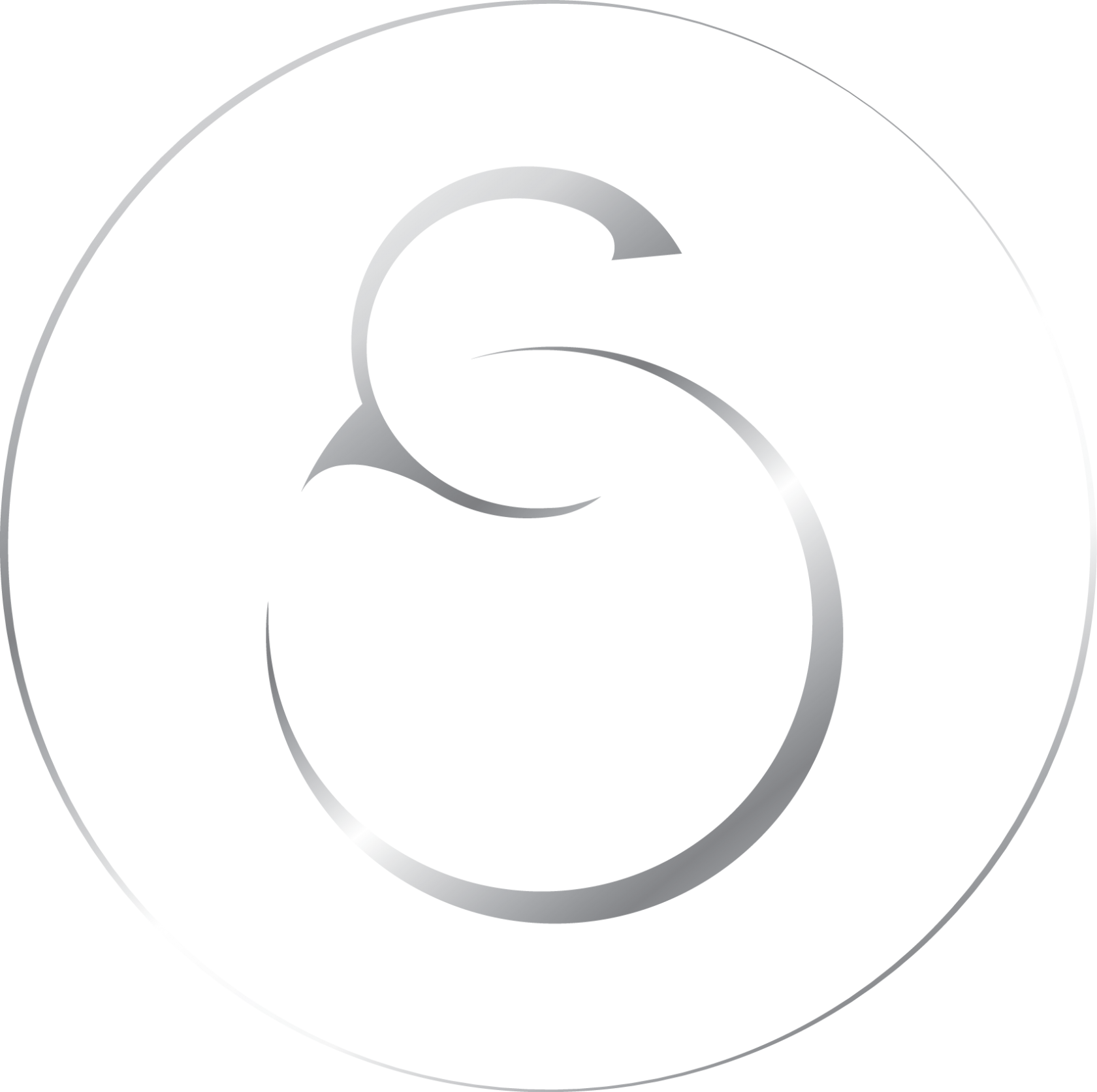ALEKSEY VAYS
Breath and Improvisation
On tango, breathing, energy and musicality.
"Don't forget to breathe!" – everyone at the lesson suddenly remembered that we all have lungs. What's interesting is that prior to the teacher's remark we were all breathing, but it was different. Here everyone took a deep inhale and exhale and the exercise – albeit for a few seconds – became easier.
Breath is really the only function of our body that can be both conscious and unconscious. Yogis and Buddhists suggest conscious breathing as a "way to yourself", a person's connection with his spirit.
In tango there are several realms of connection: connection with the floor, with the partner, with the other couples on the dance floor, connection with the music and with oneself. I want to talk about the last two realms. If we consider conscious breathing as our connection with ourselves, it will allow us to more clearly and freely express ourselves in the dance, and this will have a big impact on our musicality and improvisation.
Breath is really the only function of our body that can be both conscious and unconscious. Yogis and Buddhists suggest conscious breathing as a "way to yourself", a person's connection with his spirit.
In tango there are several realms of connection: connection with the floor, with the partner, with the other couples on the dance floor, connection with the music and with oneself. I want to talk about the last two realms. If we consider conscious breathing as our connection with ourselves, it will allow us to more clearly and freely express ourselves in the dance, and this will have a big impact on our musicality and improvisation.
In tango there are several realms of connection: with the floor, with the partner, with the other couples, with the music and with oneself.
If you listen to any tango composition, you will feel a rhythm of a different kind – its breath rhythm – meaning, the way you would want to breathe, while dancing to this piece. For example, your breath rhythm may match the phrases of the composition, where every inhale-exhale corresponds to one musical phrase, but this is not a rule. It makes sense that things like this are subjective, and a composition will not have a "correct" breath rhythm. Your rhythm of breathing will be individual, and will depend on many factors during the dance – it's only important to consciously "listen" to the music with your breath. Try this – pick a composition, and breathe to it without dancing.
When to inhale and when to exhale? Tango music often exhibits a very clear dynamic of swells – increasing and decreasing levels of energy. Many elements play into this: volume, tonality, change of tempo, emotional component, dominating instrument, etc. However, these increases and decreases of energy are easier felt than understood. Personally, I like to inhale when the overall energy increases, and to exhale when it decreases.
When to inhale and when to exhale? Tango music often exhibits a very clear dynamic of swells – increasing and decreasing levels of energy. Many elements play into this: volume, tonality, change of tempo, emotional component, dominating instrument, etc. However, these increases and decreases of energy are easier felt than understood. Personally, I like to inhale when the overall energy increases, and to exhale when it decreases.
Increases and decreases of energy are easier felt than understood.
But don't stress the limitations: don't hold your breath because of a long pause in the music, don't accent staccato by breathing in bursts, forgive lapses and generalize.
Just remember to "breathe the music" – your musicality will reflect it, and your improvisation will come easily and naturally.
Just remember to "breathe the music" – your musicality will reflect it, and your improvisation will come easily and naturally.
Author: Aleksey Vays. Opinions expressed in articles within this blog may not coincide with those of the editor.
Subscribe to Simple&Elegant Blog to keep in touch!
We use cookies and other metadata to provide the best experience. If you don't agree with the Policy, you can leave the site.
Ok, thanks!
All text, photo and video materials belong to their owners.
Reference to the source is obligatory.
Photo and other credits: Dream Team
© Elegance is Simple. All Rights Reserved.
hello@simplenelegant.com
Reference to the source is obligatory.
Photo and other credits: Dream Team
© Elegance is Simple. All Rights Reserved.
hello@simplenelegant.com

Dream Team
Video, Editing, Directing and Creative Support - Daria Ermolaeva
Video Operating - Vladimir Kutakhov
Animation and pictures - Evgenja Chernikova
Logo and icons - Anastasia Rotar
Photo - Anya Semenyuk, Daria Ermolaeva, Viktoria Fedirko, Maria Mosolova, Dmitry Volkov, kaboompics.com, imagefinder.co, freestock.org, gratisography.com, facebook.com
All photos are used with the permission of their owners and/or have an open license.
Video Operating - Vladimir Kutakhov
Animation and pictures - Evgenja Chernikova
Logo and icons - Anastasia Rotar
Photo - Anya Semenyuk, Daria Ermolaeva, Viktoria Fedirko, Maria Mosolova, Dmitry Volkov, kaboompics.com, imagefinder.co, freestock.org, gratisography.com, facebook.com
All photos are used with the permission of their owners and/or have an open license.

